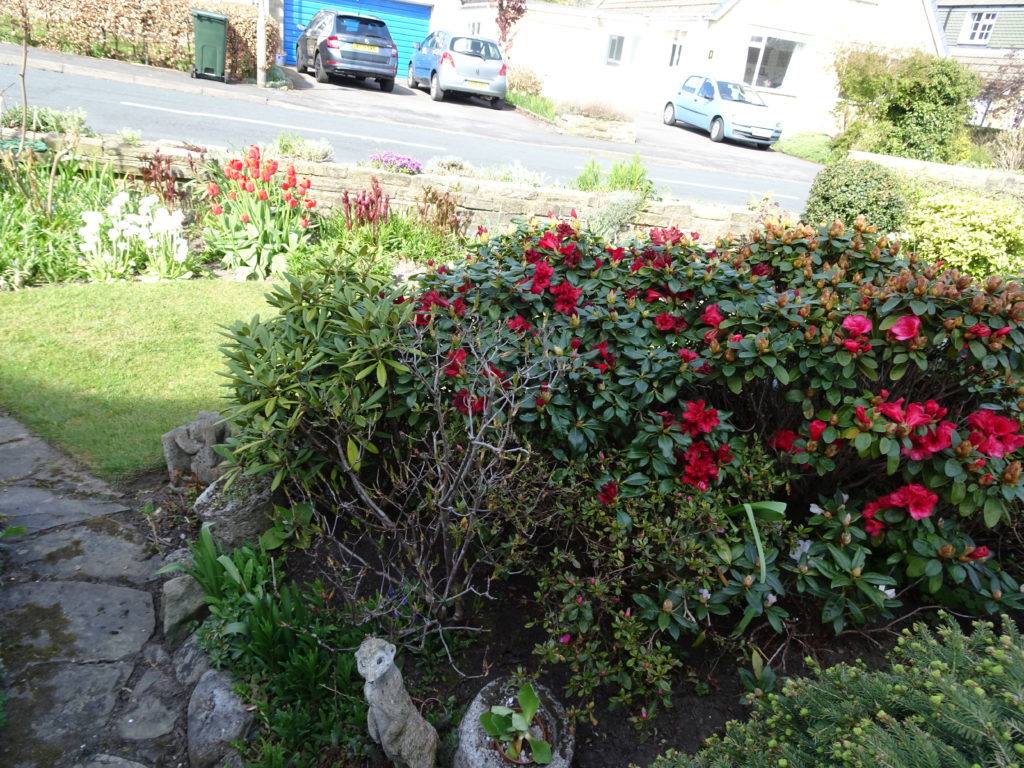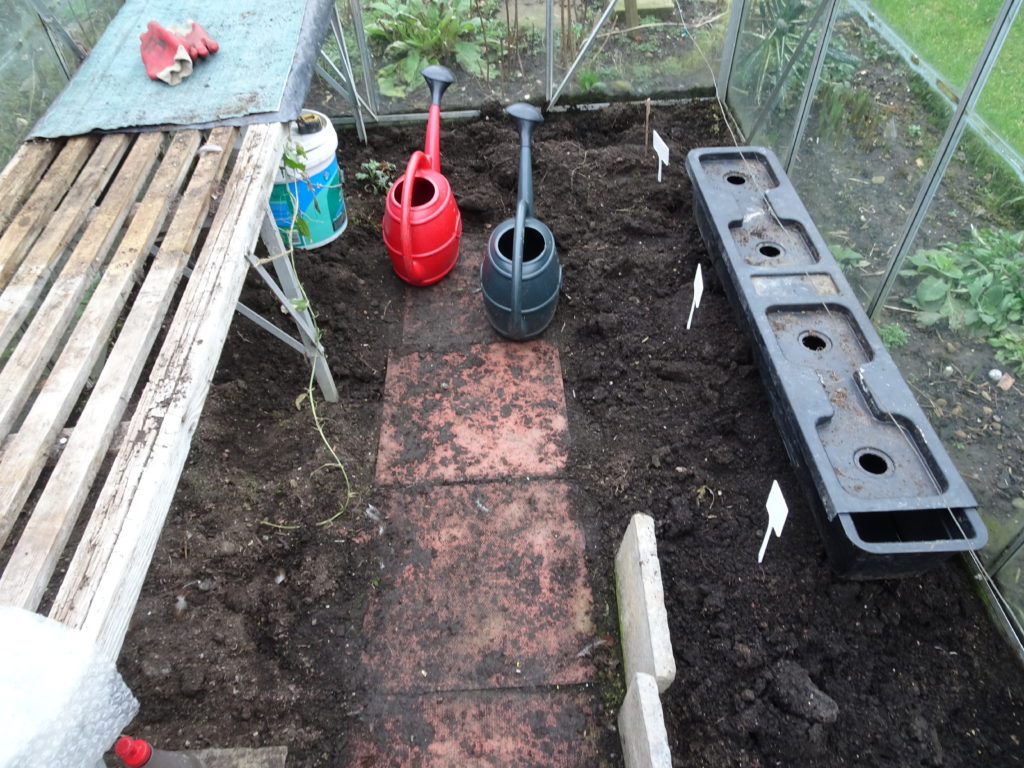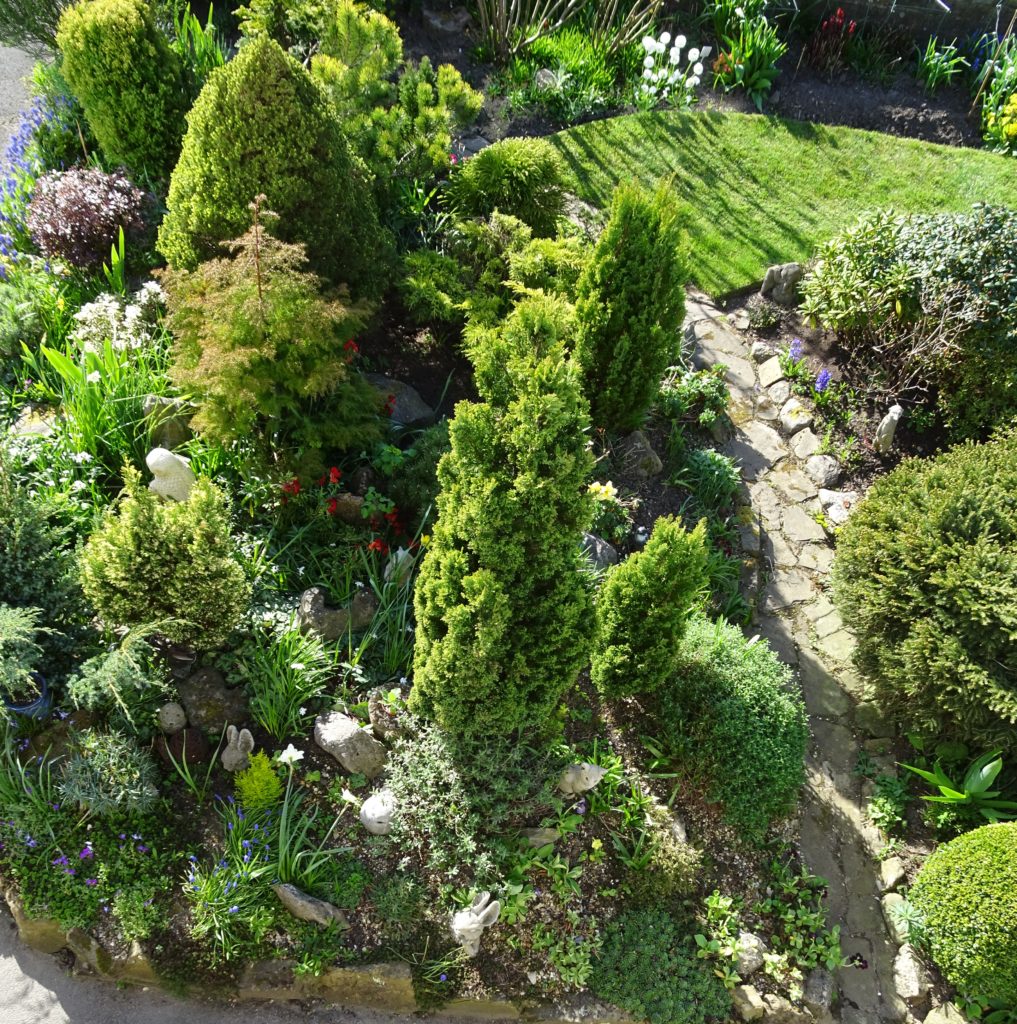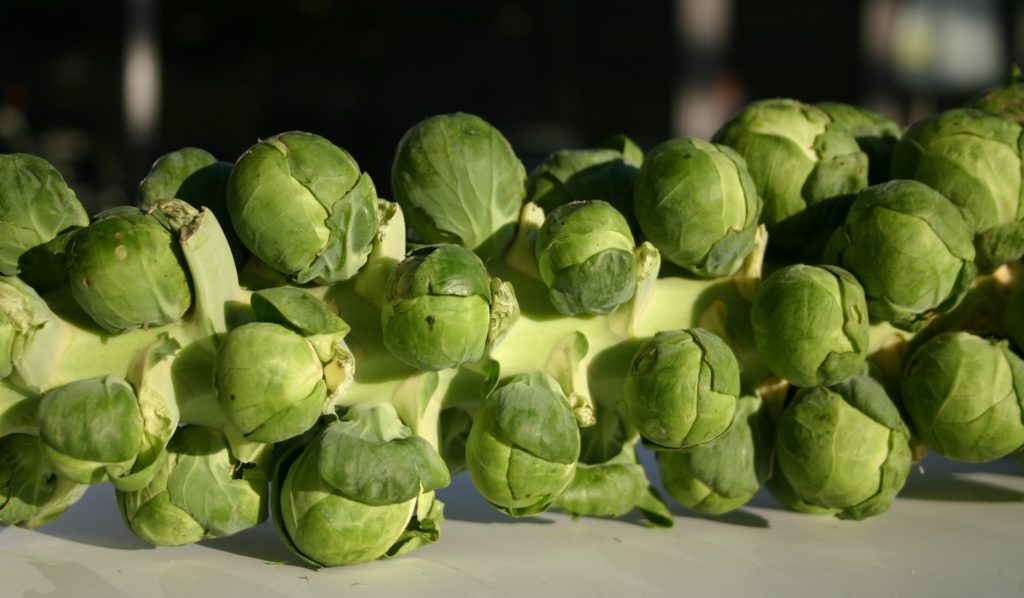Skunk Cabbage Kicks up a New Stink
Latest news on Skunk Cabbage
Repeated below is our post from 2009 when I first reported on the water loving skunk cabbage. In 2021 the RHS have decided that the proliferation of this plant is endangering native species and they should not be grown in the UK. The RHS say ‘after flowering seed heads should be cut off and burnt’ this should help the spread of the rouge amongst our aquatic plants in areas such as the Wye Valley and Lake District.
If you followed our tip to grow this plant I leave it to you what you may wish to do. I am not changing my mind as it is not yet a plant on the banned list under Schedule 9 of The Wildlife and Countryside Act
‘American Skunk Cabbage Lysichiton americanus is planted in groups along the streamside at the Valley Garden Harrogate. Over the years the plants have seeded themselves freely and now make a fantastic display covering the full length of the stream and beyond. The yellow flame-shaped flowers really called spathes, are 18 inches high and look magnificent reflected in the water in April and May. Then the flowers are followed by enormous paddle-shaped, leathery green leaves which remain until dieing back in autumn.
Lysichiton camschatcensis has a hypnotic white spathe and lime green flowering head and a cross between the two species produces a cream spathe (I like to call a spathe a spathe). This spathe surrounds a cigar shaped stem called the spadix which bears many small, bisexual green flowers.
…
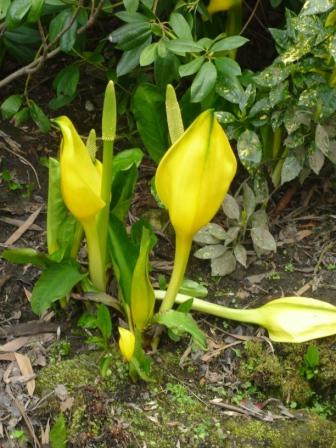
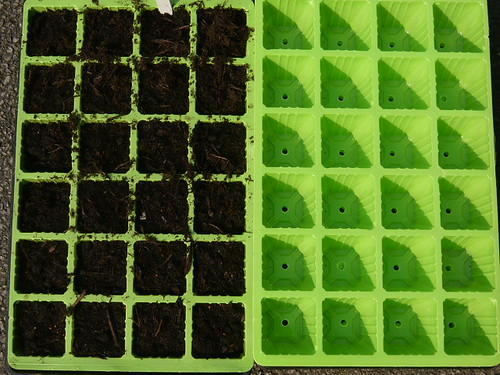
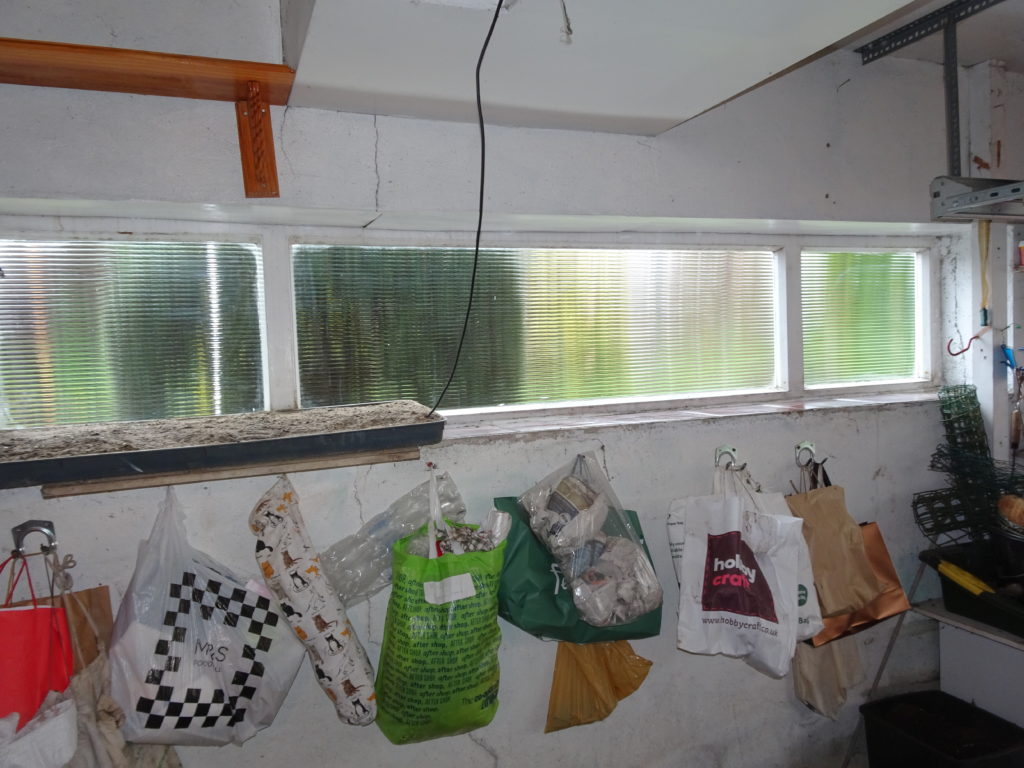 Winter quarters on garage windowsill. Short of light but a warm sand based seed bed
Winter quarters on garage windowsill. Short of light but a warm sand based seed bed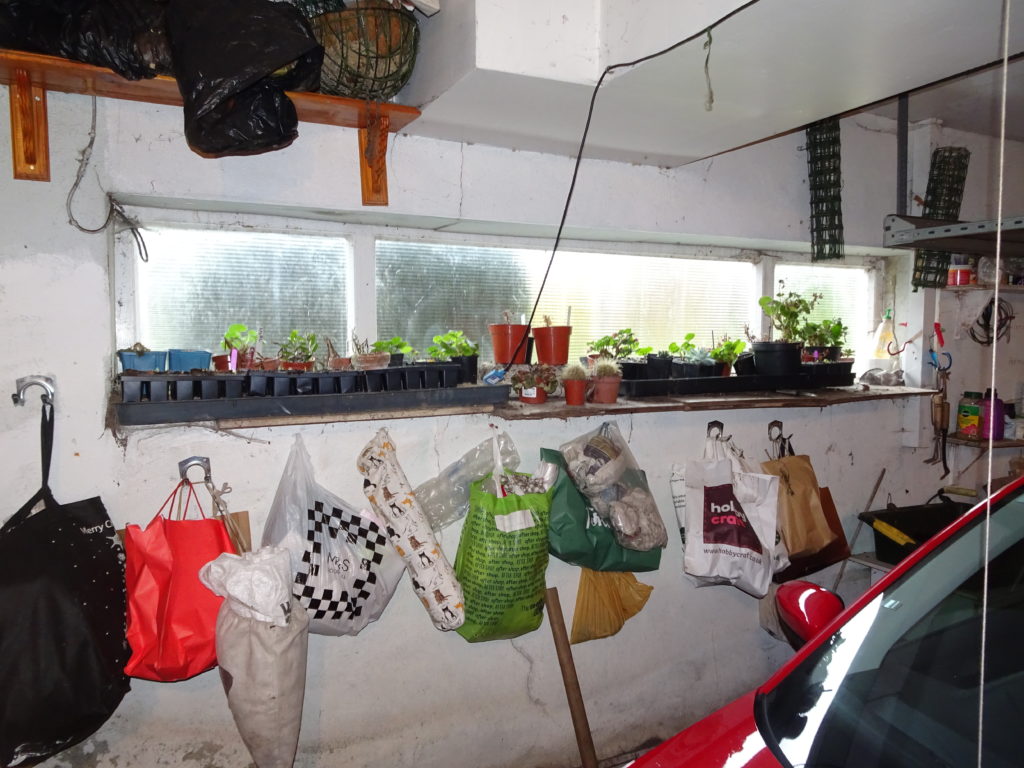 Early protection in the bagging area.
Early protection in the bagging area.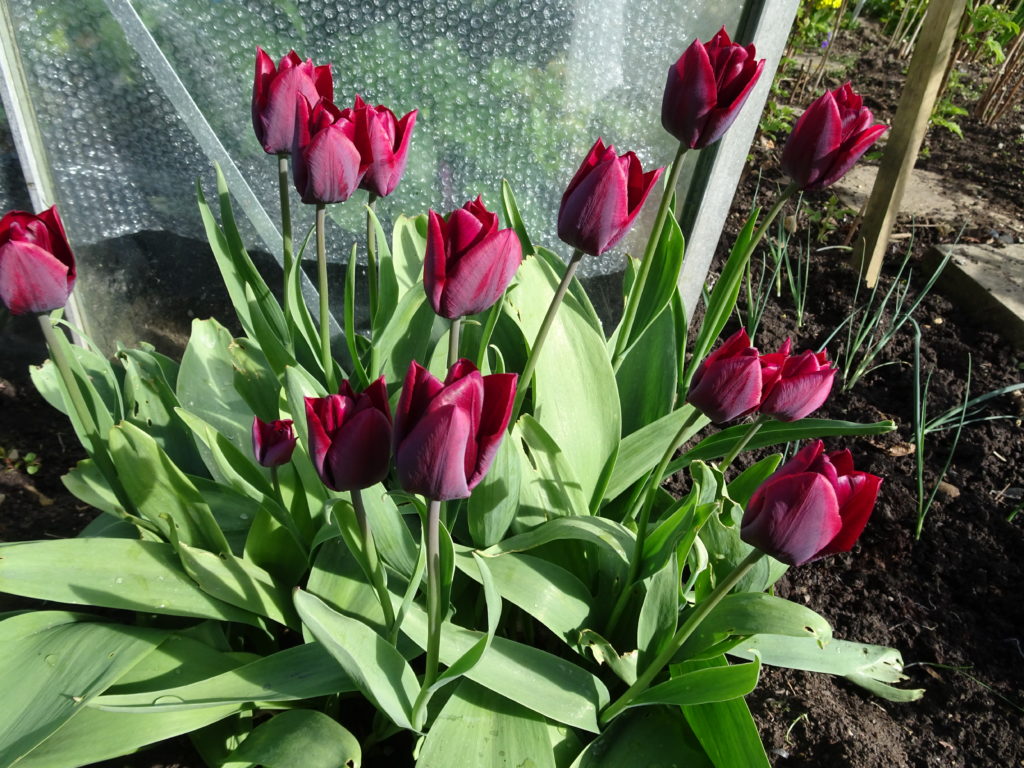
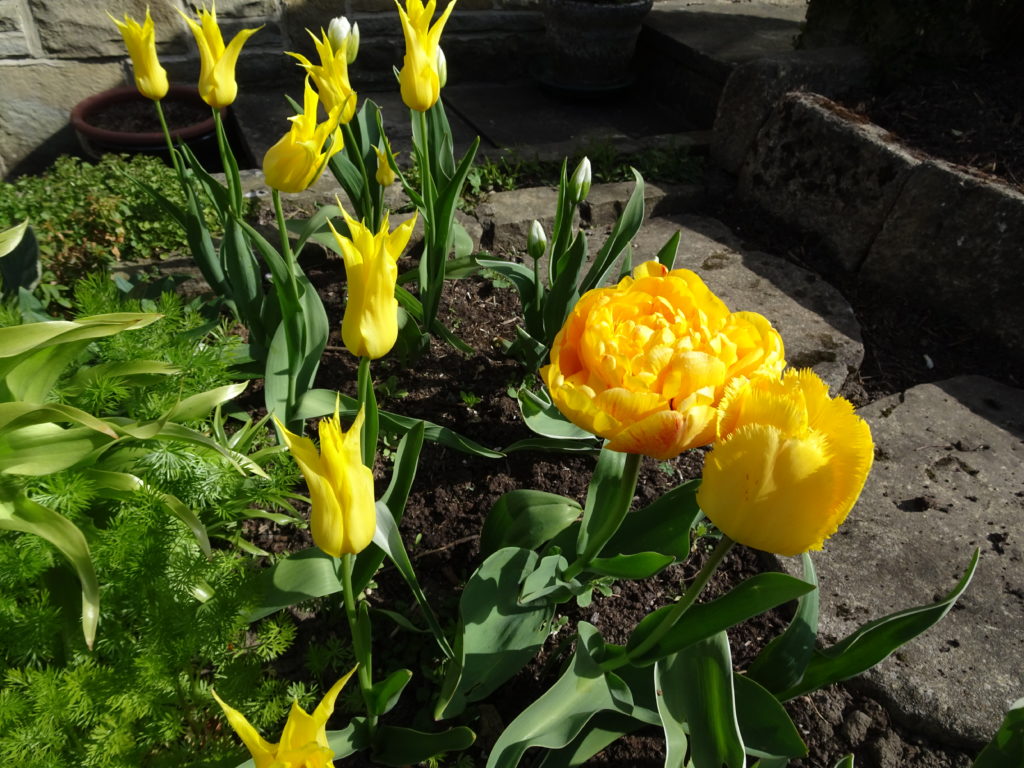 Rhododendrons were decimated by the cold snap – still I hope for better next year – third time lucky after last years frost.
Rhododendrons were decimated by the cold snap – still I hope for better next year – third time lucky after last years frost. I treated myself to a Knaphill Azalea’Viscosa’ a white thjat will flower after our northern frosts.
I treated myself to a Knaphill Azalea’Viscosa’ a white thjat will flower after our northern frosts.